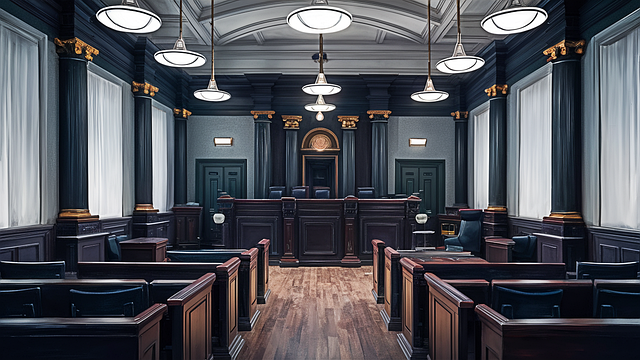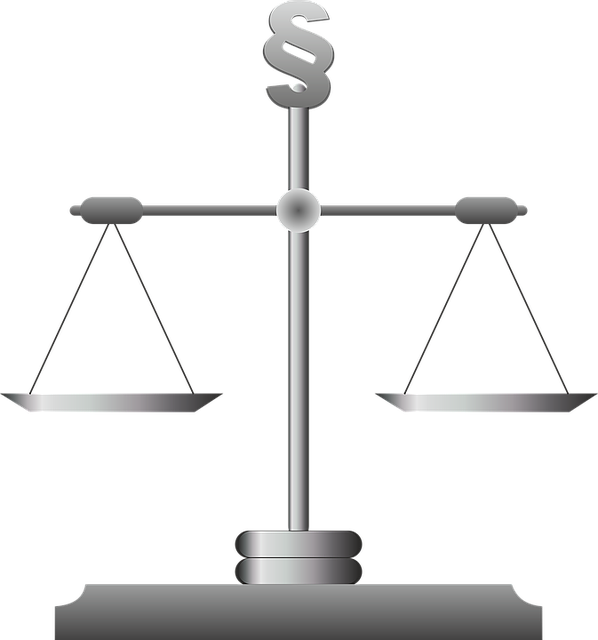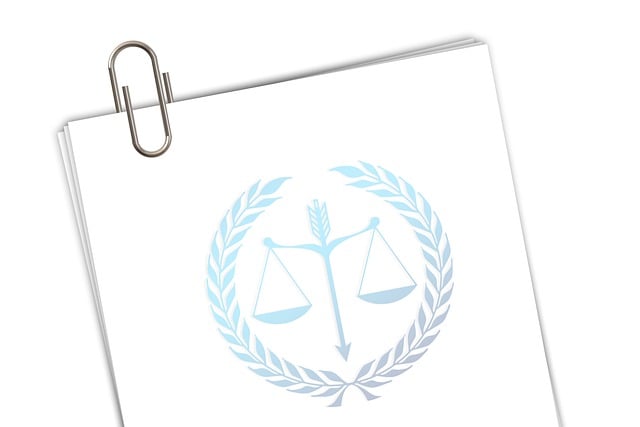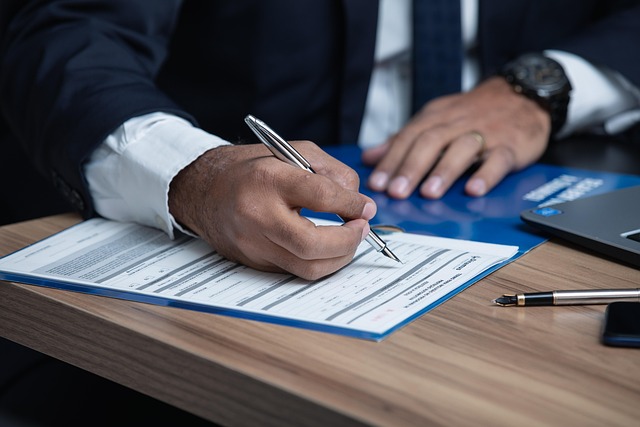Environmental Crime Trials present unique legal challenges, requiring expertise in both environmental regulations and criminal law. These trials aim to hold perpetrators accountable for severe issues like pollution and habitat destruction, with potential significant financial penalties. Skilled attorneys are crucial for navigating complex cases, proving intent, and demonstrating environmental impact. Representing oneself in these cases is possible but demanding, requiring meticulous attention to detail and understanding of legal procedures. Securing justice involves gathering evidence, leveraging scientific reports, expert testimonies, and historical data. Civil litigation, including jury trials, offers a successful avenue for redress with notable settlements achieved through collective action.
“Environmental crime trials shed light on the legal battles against ecological misconduct, offering a window into the intricate world of environmental law enforcement. This article explores three key aspects: understanding these trials from a legal perspective, navigating personal injury claims without legal aid, and building a robust case through evidence and available legal resources. For individuals pursuing justice in the absence of legal representation, these insights provide a vital guide, emphasizing the importance of knowledge and strategic approach in environmental litigation.”
- Understanding Environmental Crime Trials: A Legal Perspective
- Personal Injury Claims: Navigating Without Legal Aid
- Building a Case: Evidence and Legal Recourse
Understanding Environmental Crime Trials: A Legal Perspective

Environmental Crime Trials present a unique legal challenge, demanding a deep understanding of both environmental regulations and criminal law. These trials often involve complex issues like pollution, habitat destruction, or illegal waste disposal, which can have severe consequences for communities and ecosystems. From a legal perspective, they differ significantly from traditional personal injury claims without a lawyer. In such cases, individuals affected by environmental harm may seek justice through civil litigation, but criminal trials focus on holding perpetrators accountable under strict environmental laws.
This arena requires skilled attorneys who can navigate the intricate web of regulations and advocate for victims—be they corporate or individual clients. The success of these trials often rests on proving intent and demonstrating the direct impact of the crime on both the environment and affected communities, potentially leading to significant financial penalties and restitution. An unprecedented track record in securing justice highlights the importance of competent legal representation in these high-stakes cases.
Personal Injury Claims: Navigating Without Legal Aid
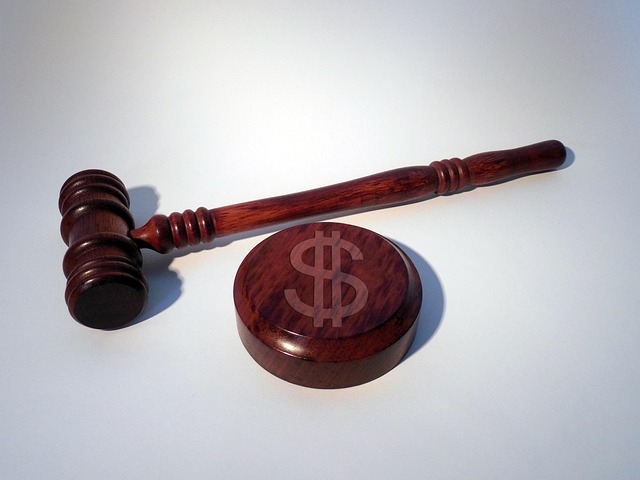
Navigating a personal injury claim without legal aid can be an daunting task, especially when dealing with complex environmental crime cases. Many victims feel empowered to seek justice on their own, driven by a desire for transparency and accountability. However, this path requires meticulous attention to detail and a thorough understanding of legal procedures.
Environmental crime trials often involve intricate scientific evidence, regulatory frameworks, and technical jargon that can be overwhelming for those without a legal background. Victims may face challenges in gathering the necessary documentation, identifying liable parties, and constructing a compelling case. Yet, with perseverance and access to accurate information, it’s possible to achieve an unprecedented track record of avoiding indictment or even securing a complete dismissal of all charges.
Building a Case: Evidence and Legal Recourse

Building a case for environmental crime trials involves meticulous gathering of evidence to support allegations. This process is crucial in securing justice and holding perpetrators accountable. Environmental advocates can leverage scientific reports, expert witness testimonies, and historical data to establish a compelling narrative. For instance, in personal injury claims without a lawyer, victims may present air quality tests or water sampling results to illustrate the extent of environmental harm they’ve endured.
The legal recourse for such cases often includes civil litigation, where affected individuals can pursue damages through jury trials. An unprecedented track record of success has been achieved by those who advocate for environmental justice, with jury trials resulting in substantial settlements for clients. This demonstrates the power of collective action and the importance of pursuing legal avenues to redress environmental crimes, ensuring accountability and compensation for victims.
Environmental crime trials play a crucial role in holding perpetrators accountable for their actions, ensuring justice, and fostering a healthier planet. Understanding these legal processes is essential, especially for individuals affected by environmental harm. While navigating personal injury claims without legal aid can be challenging, building a strong case through thorough evidence collection and exploring available legal resources empowers those impacted to seek redress. By familiarizing themselves with the steps outlined in this article, folks can take proactive measures and contribute to revolutionizing environmental justice.
